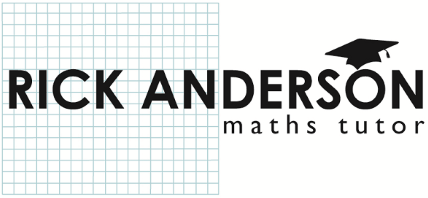News that Chinease Maths techniques are to be introduced to English schools needs some explanation and examination.
Mastery
Initially to be piloted in around half of our primary schools, the technique involves learning techniques more by rote, asking one child to answer a question, then asking the remainder of children to repeat the answer. The class does not move on until all the class has “got it”. The brighter children avoid being held back because they have a role in leading the other children with the first answer. There are some similarities with Kumon, namely keep practising by repetition until “mastery” of a topic is achieved to an advanced level, but differences too: Chinese Maths emphasises the role of the respected teacher at the front of class, Kumon relies more on self learning through worksheets.
Chinsese children themselves are believed to be 2-3 years ahead by the time they move to Year 11; so 16 year olds in China are already at the same level of maths as an 18 year old A level student in the UK.
There is a view that culturally some British pupils are not ready for this and our cultural diversity and child centred participation doesn’t sit easily with chanting and learning by rote which is common and part of the educational ethos in China. The benefits are not at all questioned.
Chinese Maths versus English real world approach
More important I believe is this. The direction in Maths and Science in England is to introduce more “real world” relevance to exam questions, not just at GCSE KS4 but also at earlier KS3 and KS2 as well.
So while introducing a “back to basics” learning approach in Maths is very good, not least because we are slipping down the international educational league tables, I wonder if joined up thinking is taking place in Government in terms of the following two factors:
If teaching methods move in the direction of focusing upon purely numerical excellence, and yet examiners insist on setting real world applied questions where the maths technique is merely a small means to an end, do we risk the recent Biology GCSE “drunken rat” exam problem ? By this I mean that the children aim to learn the syllabus and technical methods to the best of their ability, and they put a lot of effort into mastering the knowledge and technique required in the syllabus, but meanwhile the examiners smother the questions in “real-world” unfathomable words and situations. So the child learns the techniques but can’t do the exam questions because they haven’t been schooled in the methods of deciphering them, or applying the technical knwledge they have acquired.
An example in Maths itself is the 2015 GCSE question that went viral. The question involved two techniques rarely seen together: algebra, and probability. One can imagine pupils achieving high levels in these two topics individually using Chinese techniques of practising lots of examples, but being unbable to piece together the required jigsaw which requires a different sort of skill altogether.
Mile long and centimeter deep
One other phrase associated with Chinese Maths is interesting: their criticism of the British Maths syallabus is that it is a “mile long but a centimetre deep”. There is something in this. For GCSE Maths there are five basic topics such as Number and Algebra but within those there are many sub-topics making around 80 in all. One wonders if all of these are necessary, for instance frequency density histograms are beloved by specification setters but in practice are never used by businesses. Could some topics be left out allowing time for in-depth understanding of the core?
But we are where we are: my philosophy as a tutor is to “teach to the test”, whether GCSE exams or earlier end-term tests. Because that’s what parents want. And the last thing a child wants is to open an exam paper and find there are topics they don’t even recognise. So you have to teach the whole syallabus, not just the mathematic principles but the ability to understand and answer increasingly inscrutable questions.
Measuring success
In summary there will almost certainly be benefits and we need somehow to catch up on global competitors. An intangible benefit may be a cultural change, to make Maths excellence expected rather than optional. But ultimately, the acid test is this: will the programme lead to better GCSE results, either higher marks, or the same marks at a younger age? This may depend on whether the new techniques are compatible with the direction of Maths exam question designers. Sound learning of fundamentals is essential and surely must be improved – so we have to start somewhere; but it may be only the first base-camp stage in achieving the summit of maths mastery. We may not be able to judge success for half a decade.
